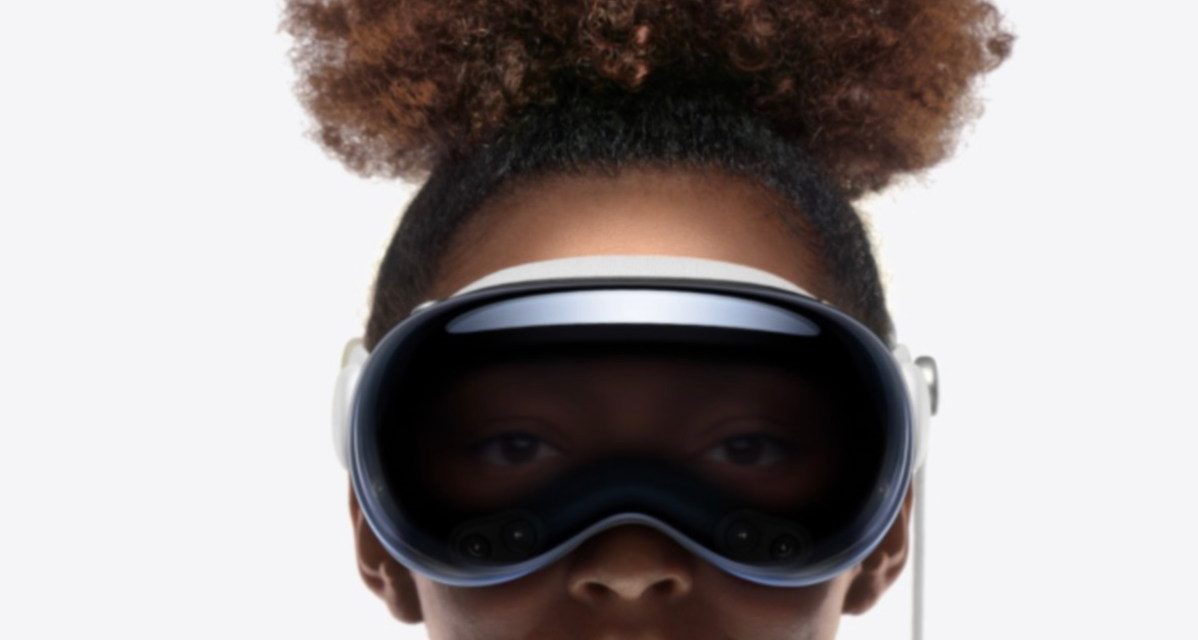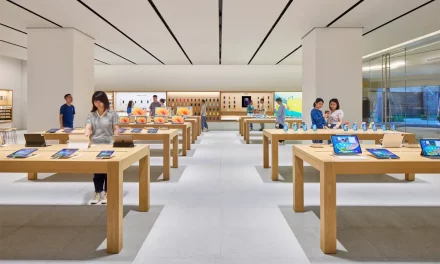TrendForce estimates that Apple will ship 500,000-600,000 Vision Pros this year.
The research group says the “spatial computer” is a a key strategic move by Apple to expand the virtual head-mounted device market and to mark its entry into the VR/AR market as a pioneer in technological innovation. (However, Apple doesn’t want apps for the device to be called “VR” or “AR” apps, but “spatial computing” apps.)
“Following the Vision Pro’s debut, the spotlight is on spatial computing—a groundbreaking feature that allows users to engage with virtual objects in a manner that feels as natural as reality,” TrendForce says. “This technological leap forward is not just a win for Apple; it’s a trendsetter in the industry.”
The research group says the main issues impacting the Vision Pro are battery life, limited applications, and a hefty price tag. However, some of these bottlenecks are likely to be resolved.
“Although the Vision Pro requires an external power source or a portable battery, its focus isn’t on gaming and users do not need significant mobility, making external power sources a feasible option,” says TrendForce. “The portable battery offers a comparable two-hour lifespan to current mainstream VR devices.:
Post-launch, Apple has facilitated application development for Vision Pro by releasing a suite of developer tools and compatibility assessment platforms. TrendForce says this initiative ensures that existing applications can be effortlessly adapted to the new platform, virtually eliminating any barriers for Apple developers to innovate and create new services. Leveraging tools like UEVR, which enables the conversion of traditional games into VR formats, a broad spectrum of applications is anticipated to emerge, further reinforced by Apple’s robust brand presence, according to TrendForce.
The research group adds that, in terms of pricing, the US$3,499 price point, although seemingly steep, is expected to resonate with the market, especially given the promise of ample applications, a quality user experience, and Apple’s established brand loyalty. Additionally, should Apple introduce a more budget-friendly version as speculated, the premium pricing of the Vision Pro could serve to accentuate the value proposition of the more economical model, potentially driving consumer interest towards it, TrendForce adds.
Pricing and Availability of the Vision Pro
The Apple Vision Pro will be available on Friday, Feb. 2, starting at US$3,499 with 256GB of storage. ZEISS Optical Inserts will be available: $99 for reading lens and $149 for prescription lens.
Pre-orders will be accepted starting on January 19 at 5:00 a.m. Pacific Time. Orders are limited to the United States for the time being, and Apple hasn’t provided details on when the headset might be available in other countries.
The Vision Pro comes with a Solo Knit Band and Dual Loop Band — giving users two options for the fit that works best for them. Apple Vision Pro also includes a Light Seal, two Light Seal Cushions, an Apple Vision Pro Cover for the front of the device, Polishing Cloth, Battery, USB-C Charge Cable, and USB-C Power Adapter.
Article provided with permission from AppleWorld.Today





